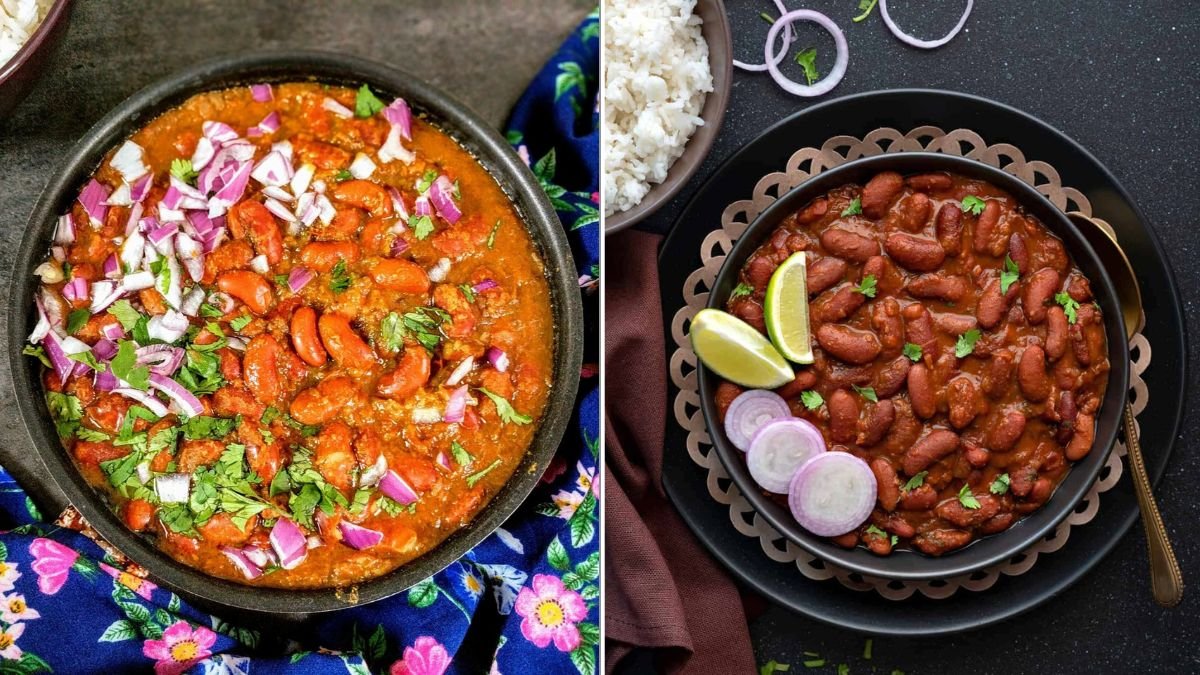There’s something deeply comforting about a bowl of rajma masala—those tender red kidney beans simmered in a thick, spiced tomato gravy, served hot with steamed rice or fluffy rotis. It’s the quintessential North Indian comfort food—hearty, flavorful, and filled with warmth. Whether it’s a Sunday lunch at home or a cozy family dinner, Rajma Masala has a way of bringing everyone to the table.
If you’ve ever wanted to recreate this restaurant-style dish at home, here’s your 7-step guide to making Rajma Masala North Indian style, with detailed techniques to bring out that authentic flavor and aroma every time.
Step 1: Choose and Soak the Right Rajma
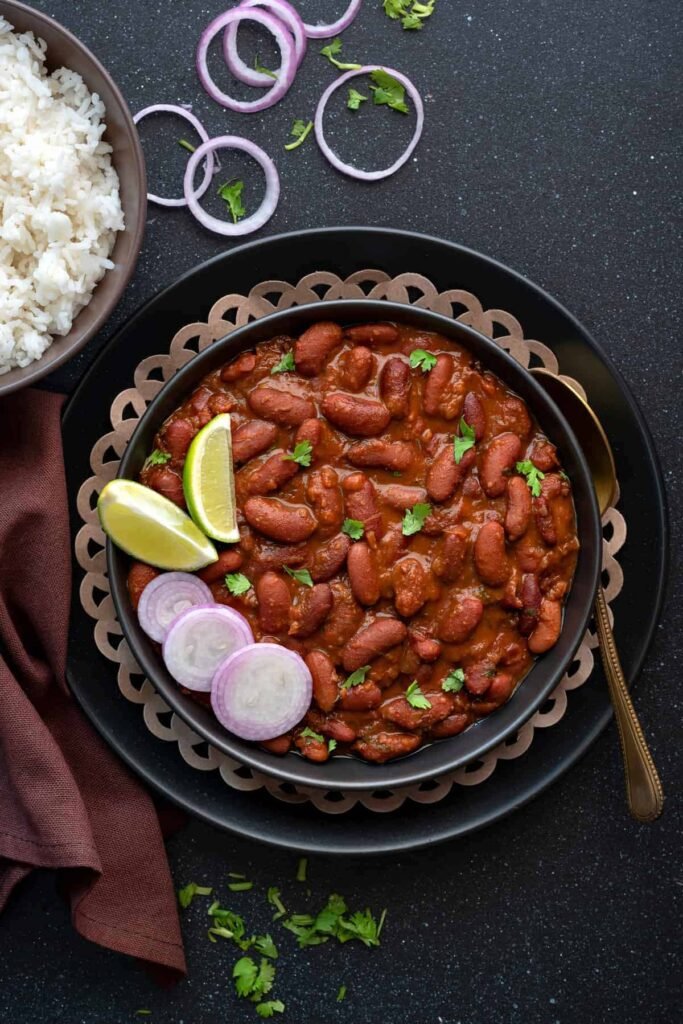
The first key to perfect rajma is choosing the right variety of beans. In North India, Kashmiri rajma or small red rajma are preferred because they cook faster and have a creamier texture than the larger ones.
- Measure: Take about 1 cup of dried rajma, enough for 3–4 servings.
- Rinse and soak: Wash thoroughly and soak them overnight (8–10 hours) in 3–4 cups of water. This softens the beans and helps them cook evenly.
- Pro tip: Add a pinch of baking soda or a few drops of lemon juice to the soaking water to speed up the softening process.
After soaking, drain and rinse the beans before cooking. The soaked rajma should be plump and easily break when pressed between fingers.
Step 2: Pressure Cook the Rajma Until Tender
Cooking the rajma properly is crucial because undercooked beans can be tough and indigestible.
- Add to cooker: Transfer the soaked rajma to a pressure cooker and add 3–4 cups of fresh water.
- Season lightly: Add ½ teaspoon of salt and a pinch of turmeric.
- Cook time: Pressure cook on medium heat for 5–6 whistles or about 20–25 minutes.
- Check doneness: When done, the beans should mash easily between your fingers without resistance. If not, cook for a few more whistles.
Keep the cooked rajma and its water aside; this liquid adds body and flavor to the final curry.
Step 3: Prepare the Masala Base
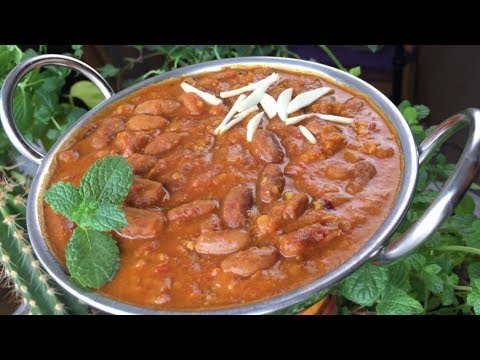
The masala base is the heart of any North Indian curry. Rajma masala’s signature flavor comes from the rich blend of onions, tomatoes, ginger, garlic, and aromatic spices.
You’ll need:
- 2 medium onions (finely chopped)
- 3 medium tomatoes (pureed)
- 1 tablespoon ginger-garlic paste
- 2 tablespoons oil or ghee (use less or substitute with water if you’re health-conscious)
- Whole spices: 1 bay leaf, 1-inch cinnamon stick, 2 cloves, and 1 black cardamom
Steps:
- Heat oil in a pan, add whole spices, and let them sizzle for a few seconds.
- Add chopped onions and sauté until golden brown. This slow browning step is essential for developing deep flavor.
- Stir in ginger-garlic paste and cook until the raw smell fades.
- Add pureed tomatoes, and cook until the mixture turns thick and leaves oil at the sides.
This base gives your rajma masala a restaurant-style depth and aroma.
Step 4: Add the Ground Spices
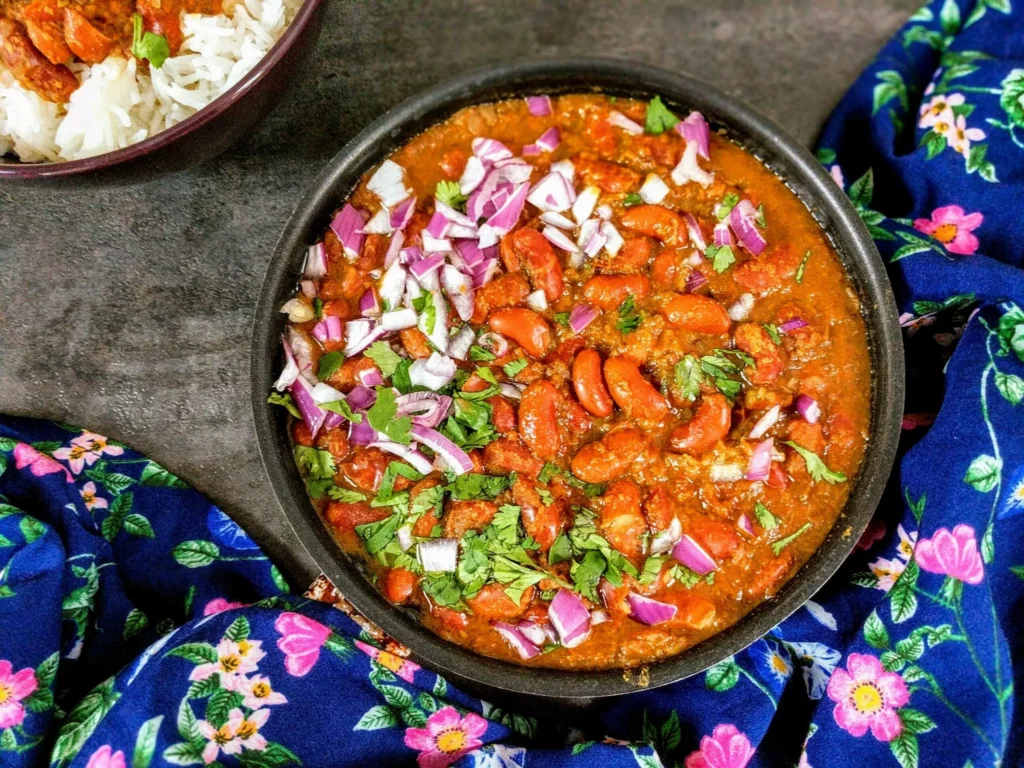
Once the tomato-onion base is ready, it’s time to build layers of flavor with dry spices.
Add the following:
- 1 teaspoon cumin powder
- 1 teaspoon coriander powder
- ½ teaspoon turmeric
- 1 teaspoon red chili powder (adjust to spice preference)
- 1 teaspoon garam masala
- 1 teaspoon salt (or to taste)
Mix well and cook the spices on low flame for 2–3 minutes. This roasting helps release the natural oils from the spices and eliminates any rawness.
Optional tip: Add a tablespoon of kasuri methi (dried fenugreek leaves) for a subtle, earthy aroma—an authentic North Indian touch.
Step 5: Combine Rajma and Simmer Slowly
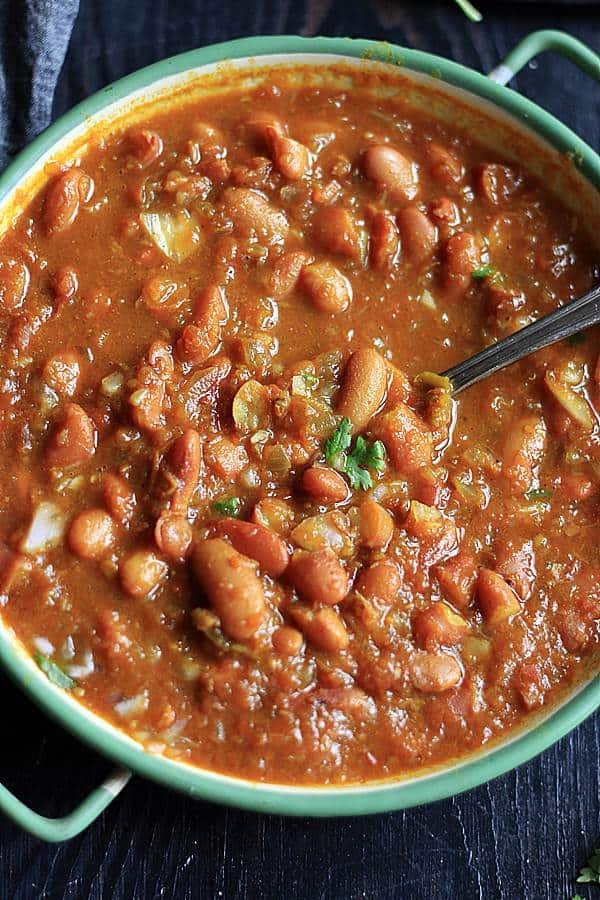
Now comes the magic—combining the cooked beans with the spiced masala.
- Add the boiled rajma (along with some of its cooking water) to the masala.
- Mix thoroughly so the beans are well coated with the masala.
- Adjust the consistency by adding more of the rajma broth—thick for rice, thinner for rotis.
- Simmer uncovered for 20–25 minutes on low heat.
As the curry simmers, the rajma absorbs all the spices and thickens naturally. Mash a few beans with the back of your spoon to give the curry a creamy texture.
Pro tip: Slow simmering is what transforms good rajma into great rajma. The longer it cooks, the richer and smoother it becomes.
Step 6: Adjust Flavor and Add Finishing Touches
At this point, your kitchen should be filled with the irresistible aroma of simmering rajma.
Before serving, taste and fine-tune the flavors:
- Add salt if needed.
- Stir in a pinch of garam masala for warmth.
- Add a teaspoon of butter or cream for richness (optional but heavenly).
- Finish with fresh coriander leaves for color and freshness.
If the curry feels too thick, add a splash of hot water; if it’s too thin, let it cook a few minutes more.
Step 7: Serve Hot with the Perfect Pairings
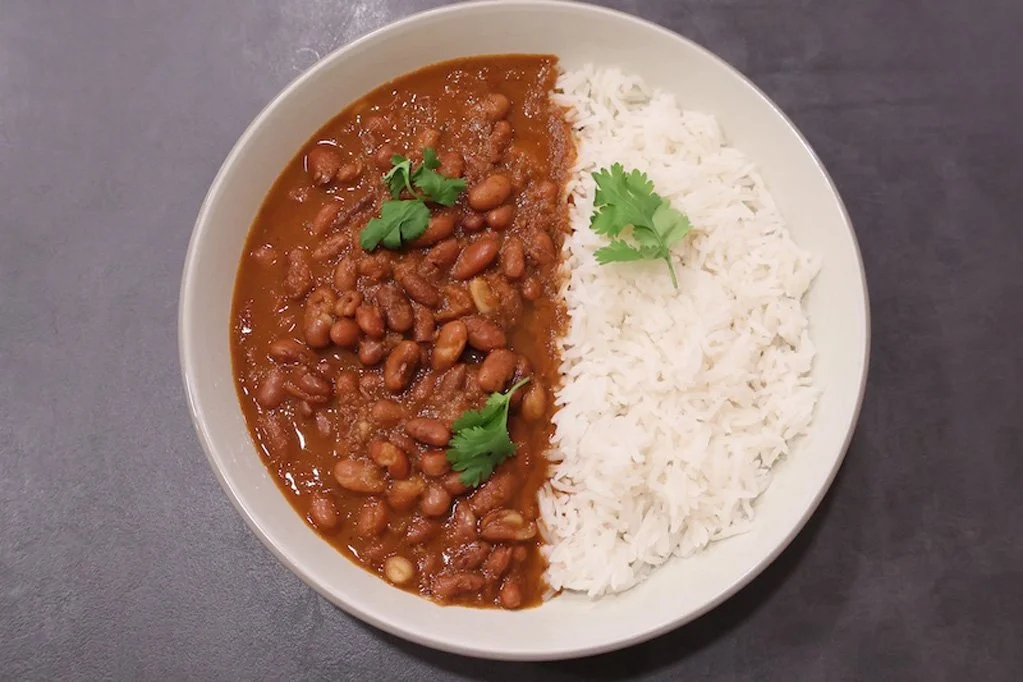
Rajma Masala is best enjoyed North Indian style—with steamed basmati rice, a combination fondly known as “Rajma Chawal.” The mild rice perfectly complements the rich, spicy gravy.
Other great pairings include:
- Butter naan or tandoori roti
- Jeera rice or ghee rice
- Onion slices and lemon wedges on the side
- A dollop of curd or raita to balance the spice
For a complete homestyle meal, serve it with papad, pickle, and salad—just the way it’s served in Punjabi households.
Extra Tips for the Best Rajma Masala
- Use fresh beans: Old rajma takes much longer to cook and may never soften properly.
- Don’t skip soaking: Soaking ensures even cooking and better digestion.
- Use fresh tomatoes: Canned ones can alter the flavor.
- Simmer, don’t rush: The key to that creamy, restaurant-style texture lies in slow simmering.
Conclusion: The Comfort of a Bowl of Rajma
Rajma Masala isn’t just another curry—it’s a symbol of comfort, nostalgia, and home-cooked love. With its hearty texture and perfectly spiced gravy, it’s easy to see why this dish is cherished across India.
By following this 7-step North Indian-style guide, you’ll not only master the technique but also appreciate the beauty of patience and simplicity in Indian cooking.
So next weekend, soak some rajma, roll up your sleeves, and let your kitchen fill with the rich aroma of this timeless classic. With every bite, you’ll taste tradition, warmth, and pure satisfaction.
